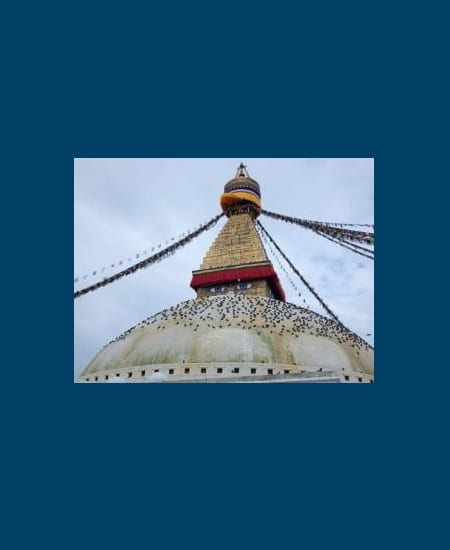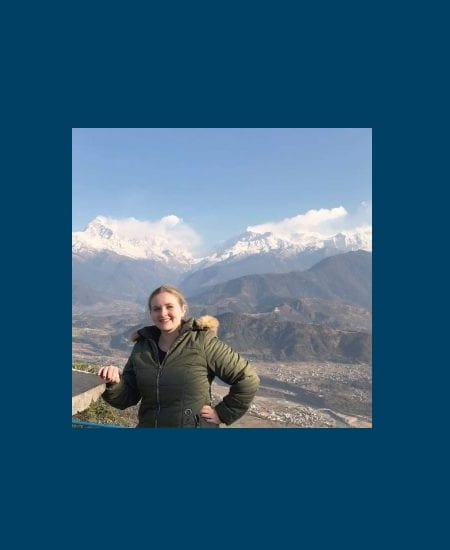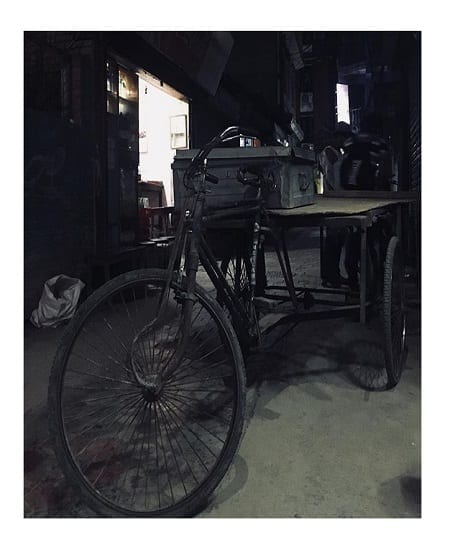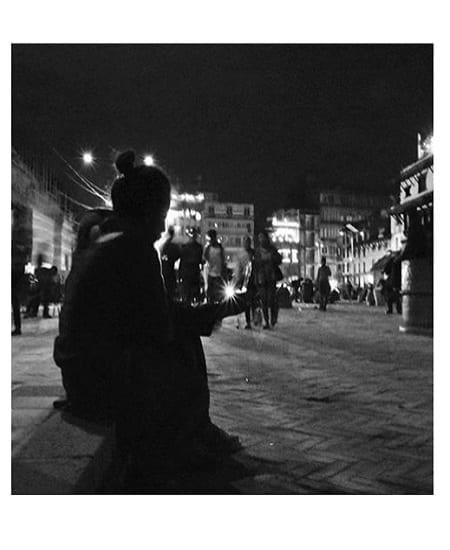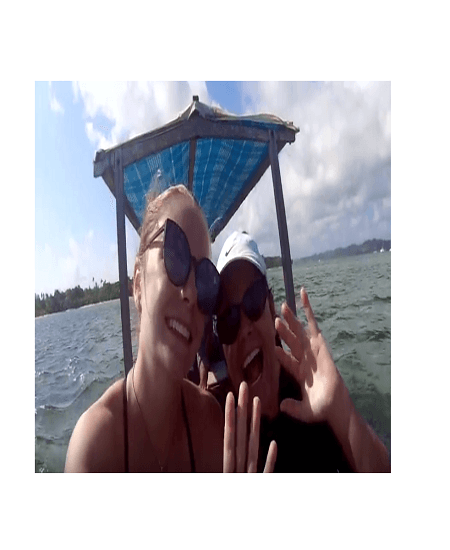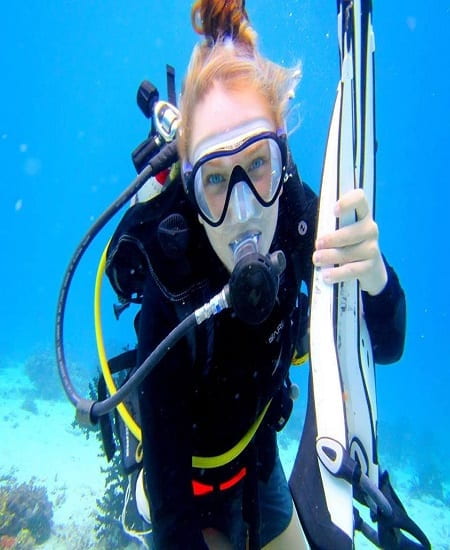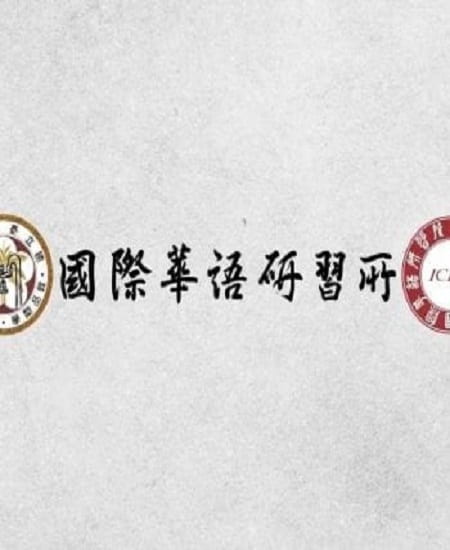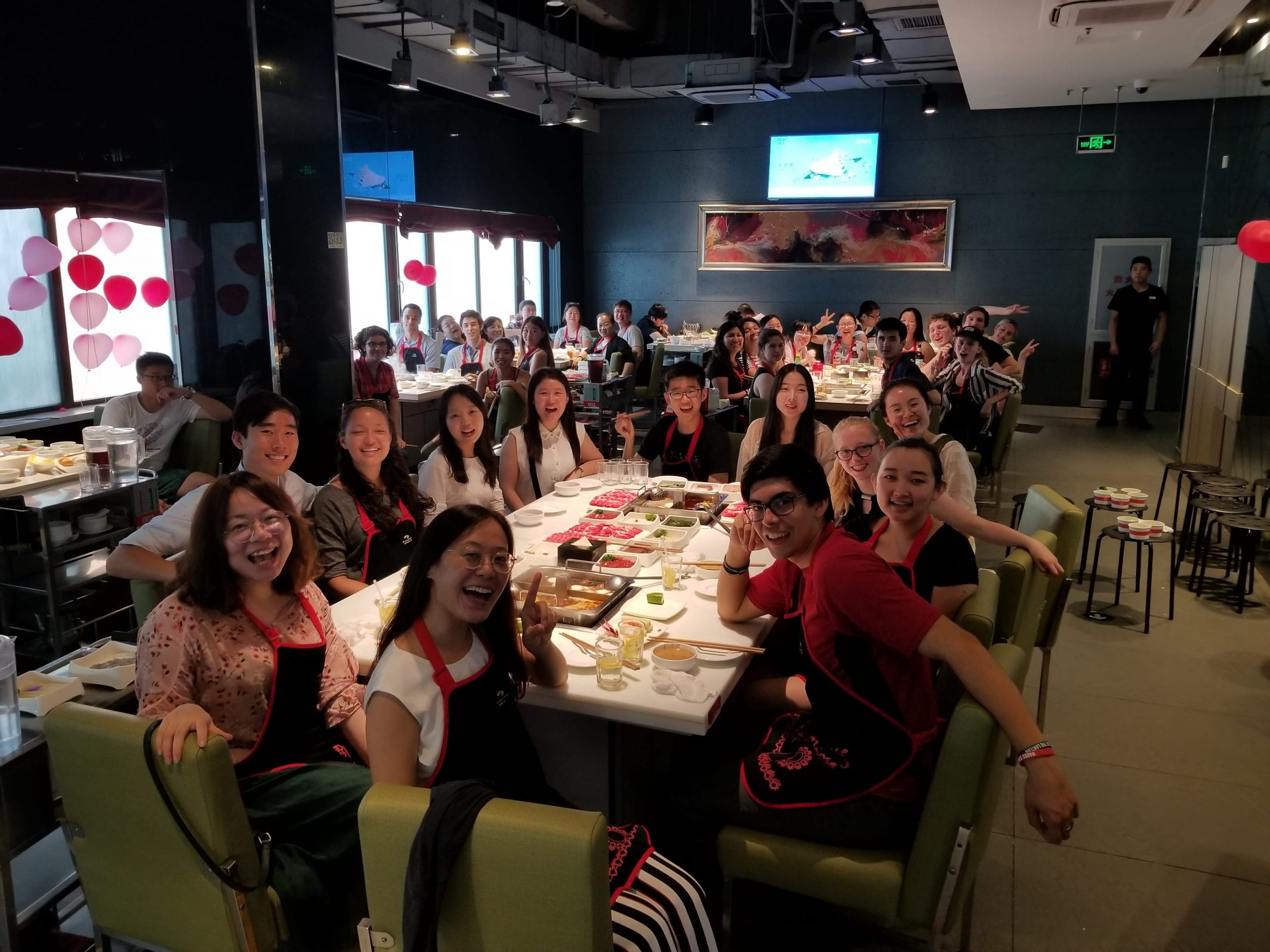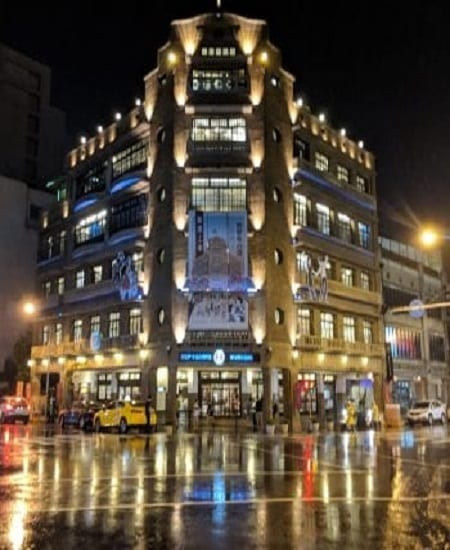Interactive Research Methods in Gorkha, Nepal
When I first began thinking about conducting research in Nepal for my master’s thesis, I wondered how I could address the language gap between myself and research participants. To better understand how quality education is perceived in the local context, I decided it would be necessary to conduct interviews with…
